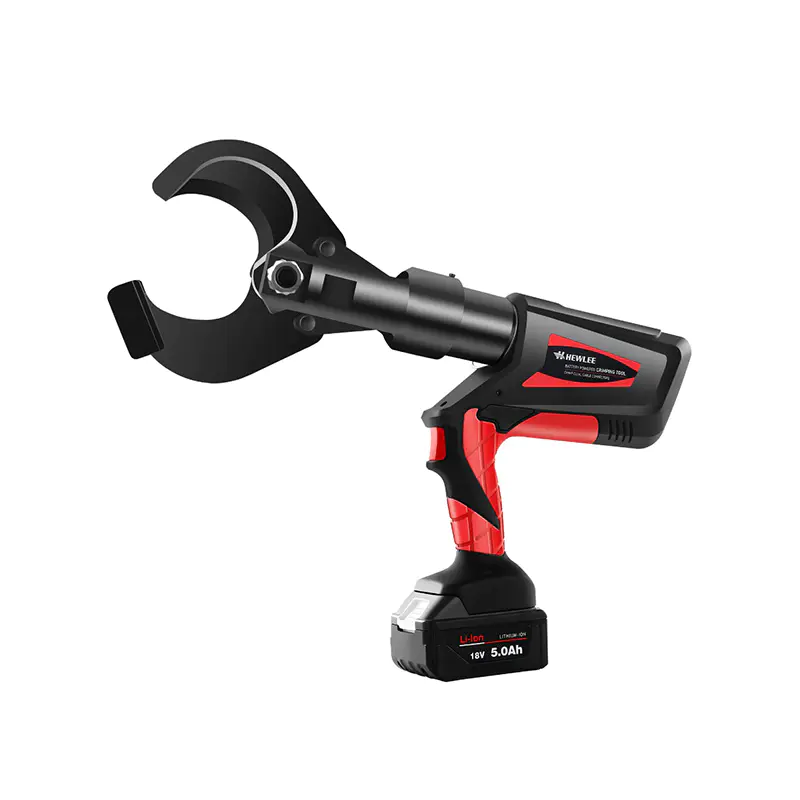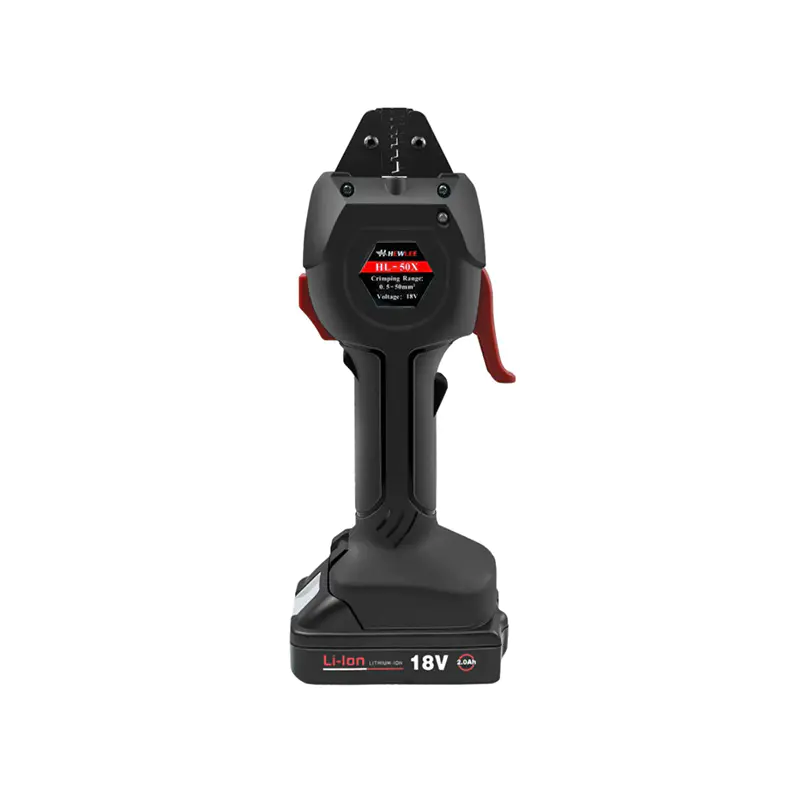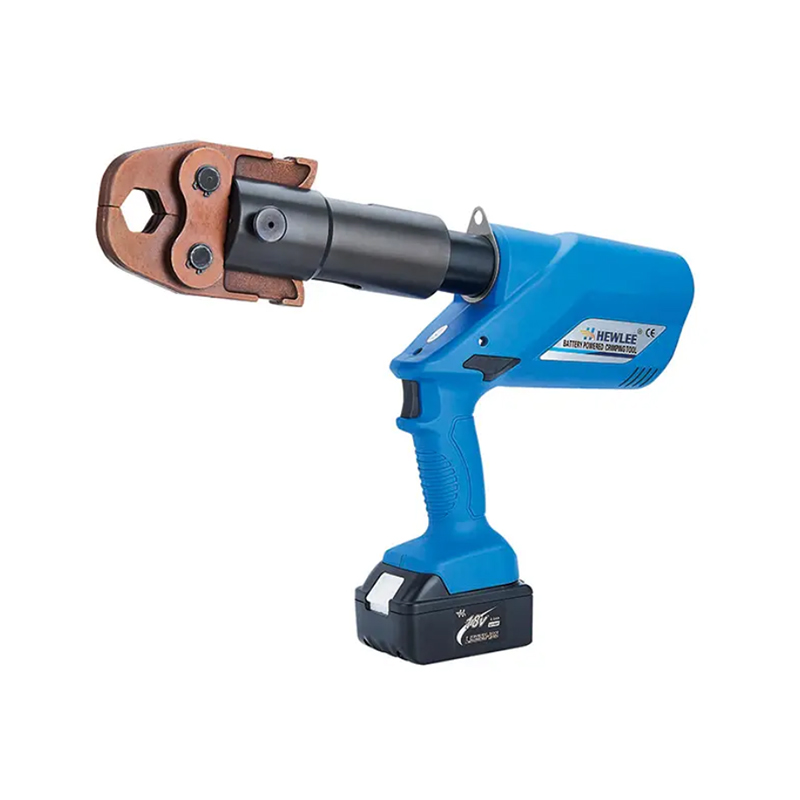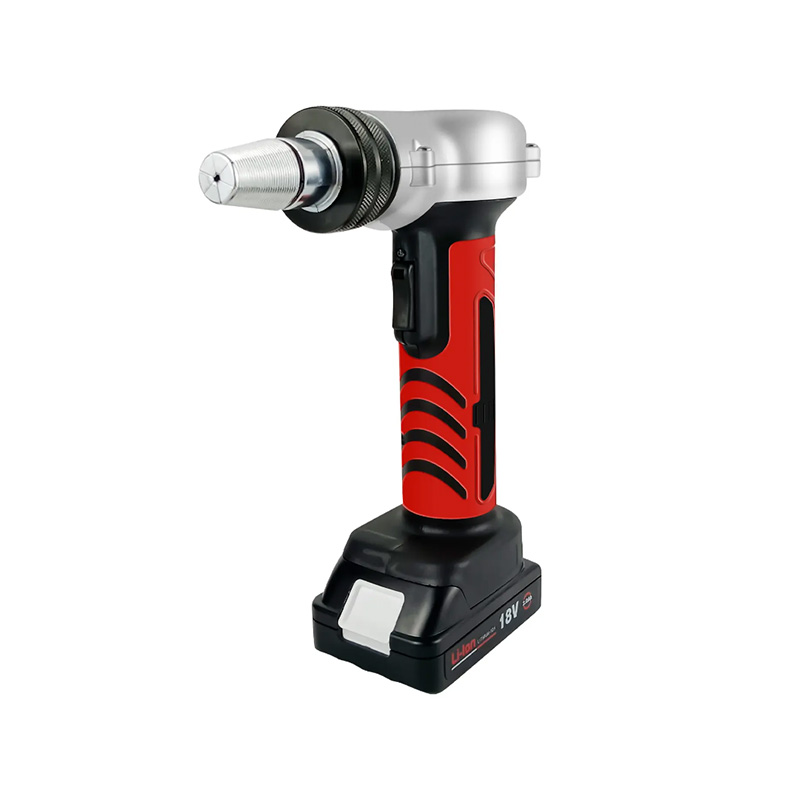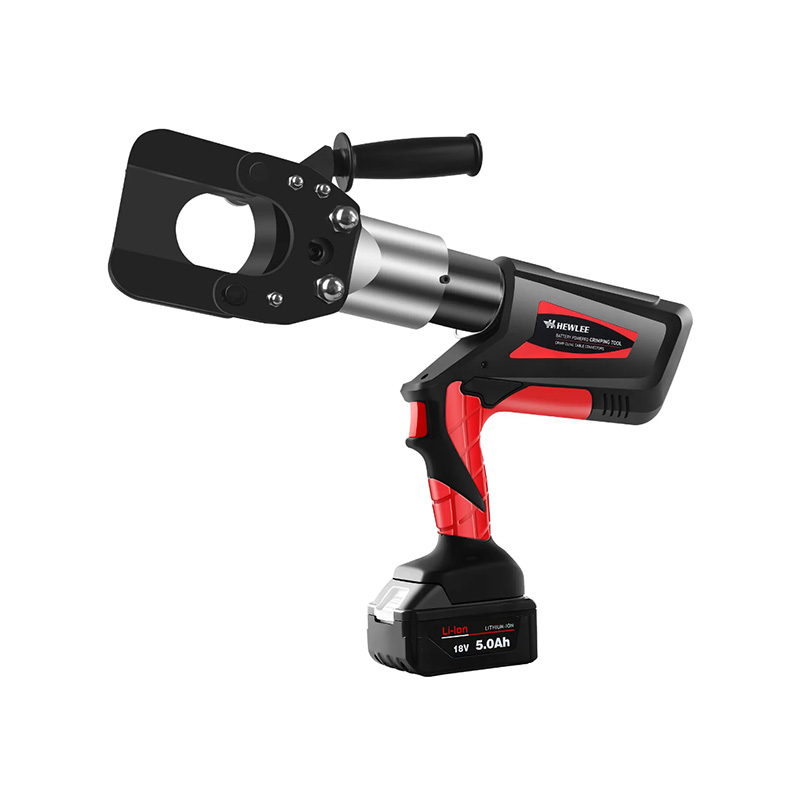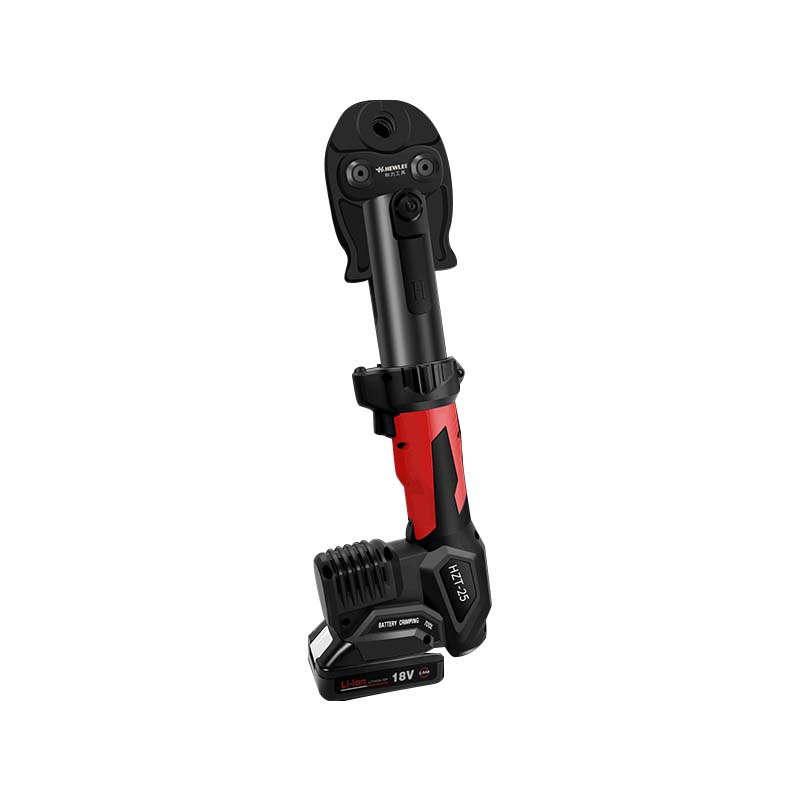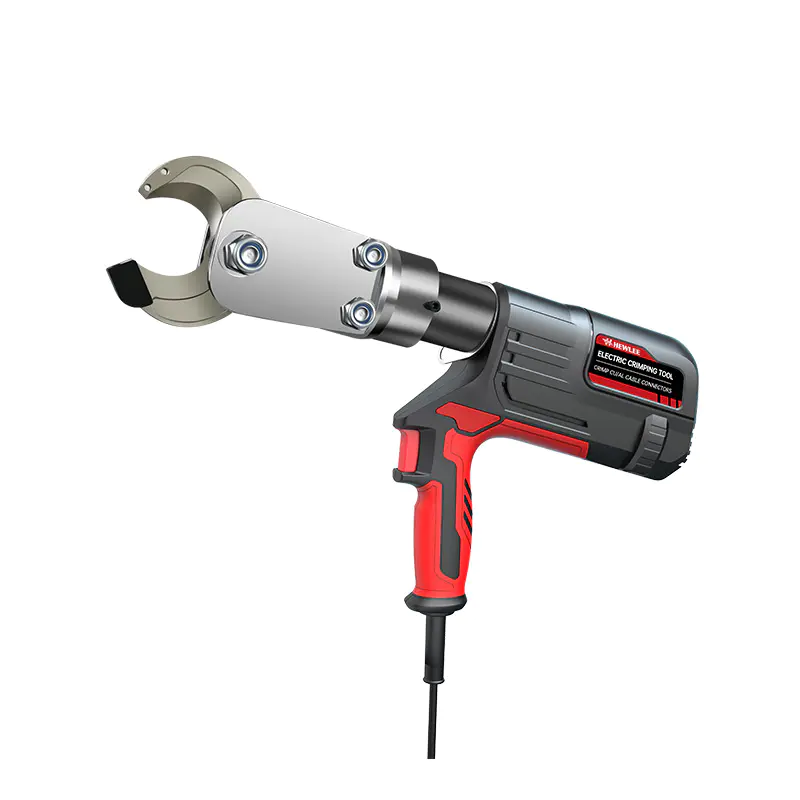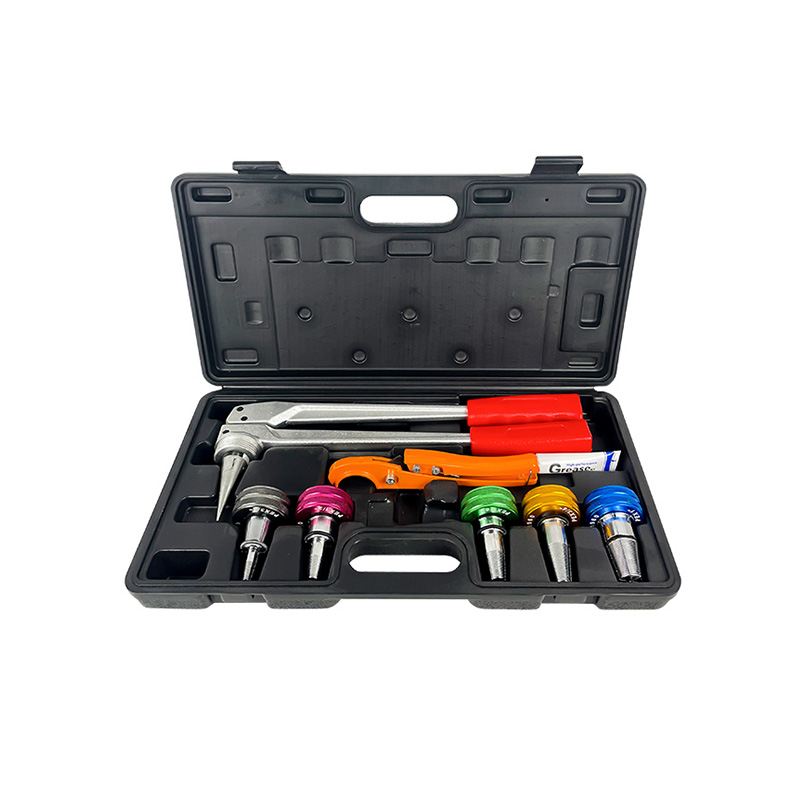Contact us to find out how our products can transform your business and take it to the next level.
The Evolution Of Hydraulic Tools: From Manual Labor To Machine Efficiency
 2025.05.23
2025.05.23
 Industry News
Industry News
The evolution of hydraulic tools has been a key factor in advancing industries, making them more efficient and productive. Over the years, manual labor has been replaced with powerful, precision-driven machinery, and hydraulic tools have become essential in achieving this transformation. Hydraulic systems are now integral to various industries, particularly in pipe pressing and crimping, which rely on tools like the pipe pressing tool and the cordless PEX crimping tool. These tools have greatly improved both the speed and accuracy of operations, ensuring a significant leap from the labor-intensive methods of the past.
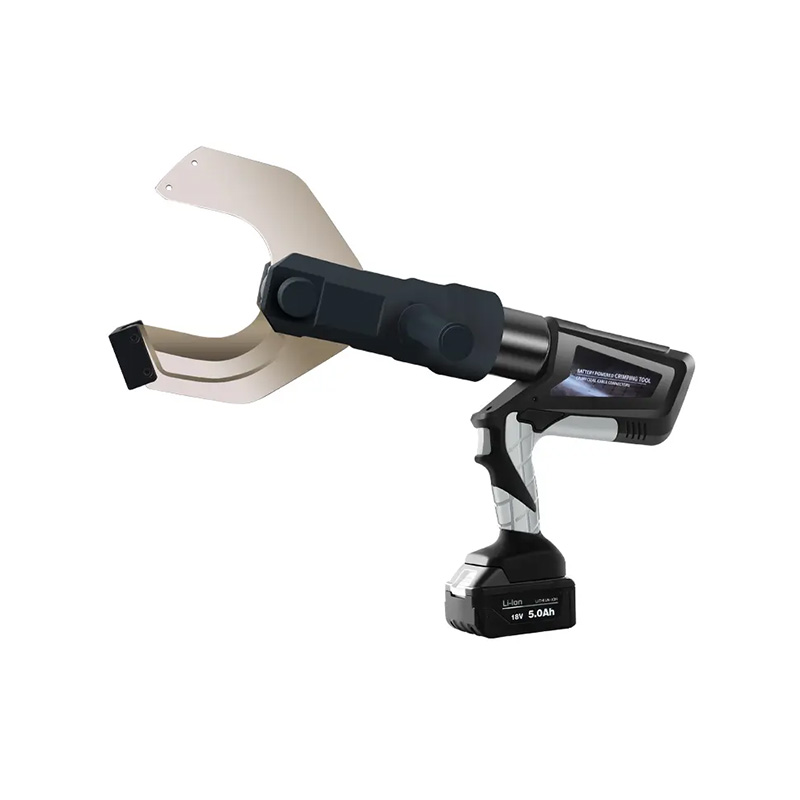
In the early days of industrialization, manual labor was the backbone of many tasks. Workers would use simple hand tools to perform the arduous work of joining pipes or securing fittings, often requiring significant time and physical effort. The process was not only slow but also prone to errors, pilot to inconsistent results and higher operational costs. As industries grew, the demand for faster, more reliable methods of joining pipes and other materials increased. This is where hydraulic tools started to play an important role.
The pipe pressing tool revolutionized the way pipes were joined. Initially, metal pipes were joined using threaded fittings or welding, both of which required significant effort and were time-consuming. With the introduction of hydraulic power, the pipe pressing tool allowed operators to join pipes with consistent pressure and precision, eliminating the need for excessive manual labor. The tool works by applying a precise force to the pipe, ensuring a secure, leak-proof connection. This not only saved time but also improved safety and reduced the risk of errors during installation.
As technology progressed, even more advanced tools came to the forefront, such as the cordless PEX crimping tool. PEX piping, which is commonly used in plumbing systems, requires a secure and reliable connection. Traditionally, crimping was done by hand, requiring considerable force and resulting in varying degrees of quality. The advent of the cordless PEX crimping tool changed the game by offering a portable, easy-to-use device that could create consistent, secure crimps without the need for external power sources. The cordless design made it especially convenient for professionals working in tight spaces or remote locations.
The shift from manual methods to hydraulic-powered tools like the pipe pressing tool and cordless PEX crimping tool marked a turning point in industries such as plumbing, construction, and HVAC. These tools offered several advantages over their manual counterparts. One, they allowed for faster completion of tasks. Where it once took hours to join pipes or crimp fittings manually, hydraulic tools could complete the same tasks in a fraction of the time. This increase in speed significantly boosted productivity and allowed workers to focus on other critical tasks, improving overall efficiency.
Second, hydraulic tools ensured greater precision. In industries where the quality of connections and fittings is paramount, tools like the pipe pressing tool and cordless PEX crimping tool provided consistent results. The force applied by these tools is controlled and uniform, reducing the risk of defects such as leaks or weak joints. As a result, these tools contributed to higher-quality installations, enhancing safety and performance.
Finally, the ease of use of hydraulic tools like the pipe pressing tool and cordless PEX crimping tool cannot be overstated. They are designed to lessen the physical strain on workers, making the tasks more accessible and less physically demanding. This shift not only improved the efficiency of the tasks at hand but also contributed to the overall well-being of workers, who no longer had to rely on excessive physical effort to complete their jobs.
In conclusion, the evolution of hydraulic tools, particularly the pipe pressing tool and cordless PEX crimping tool, has played a significant role in modernizing industries. The shift from manual labor to hydraulic-powered equipment has led to increased efficiency, higher-quality results, and improved working conditions. As industries continue to innovate, these tools will undoubtedly remain central to maintaining progress and meeting the demands of the future.
 English
English русский
русский Español
Español
